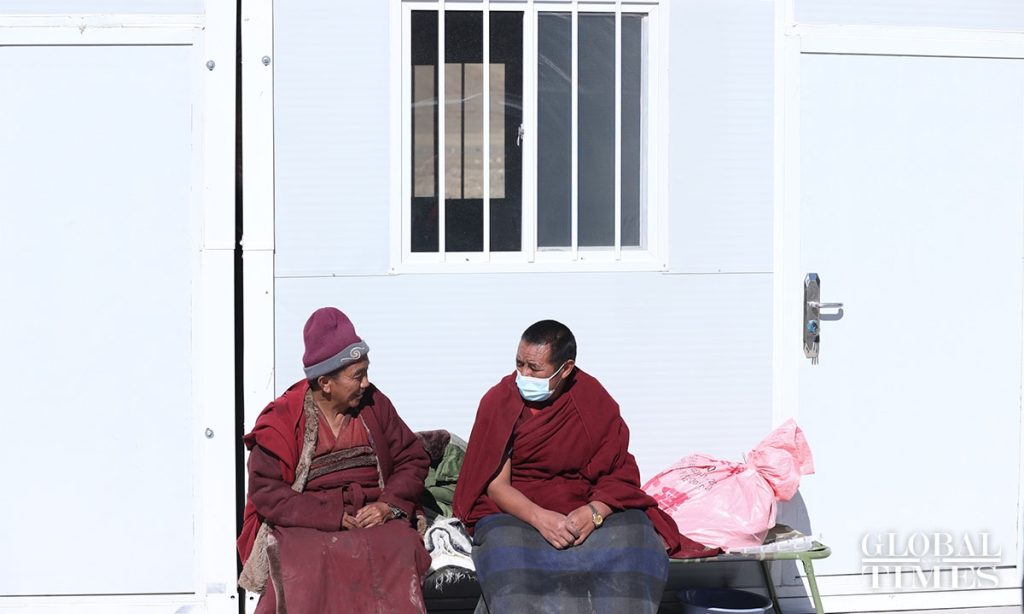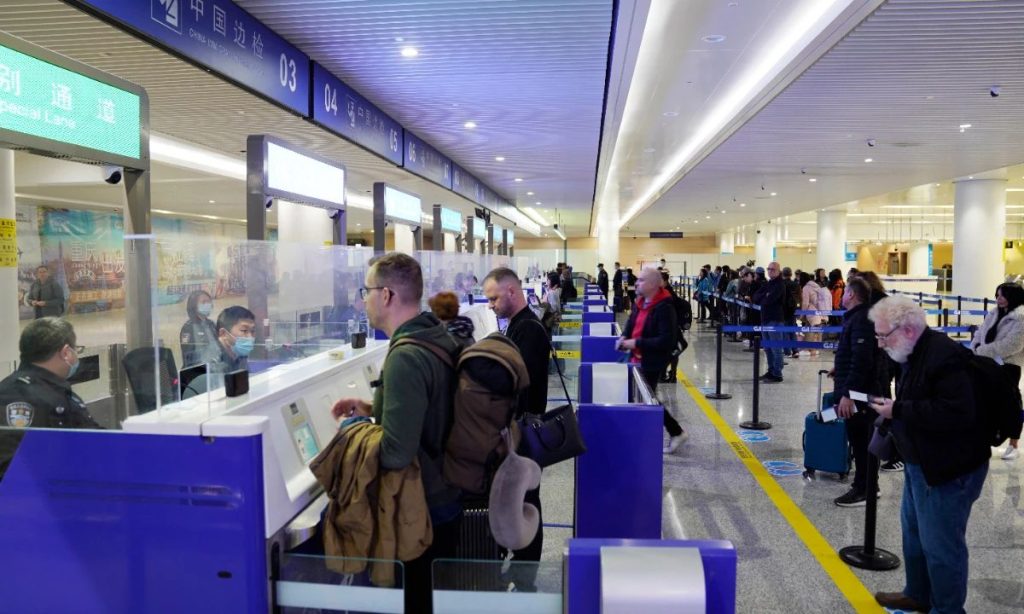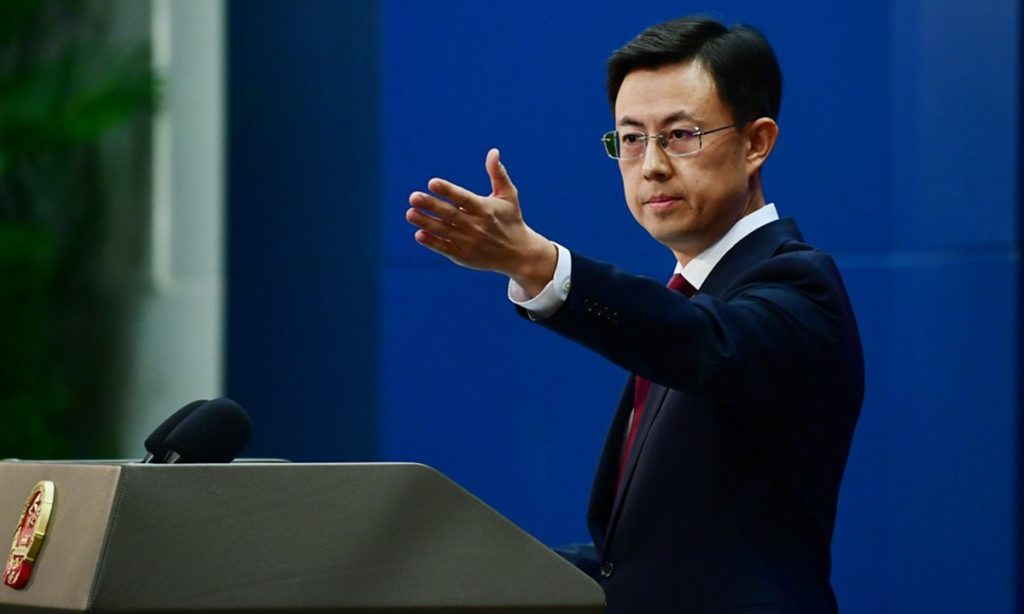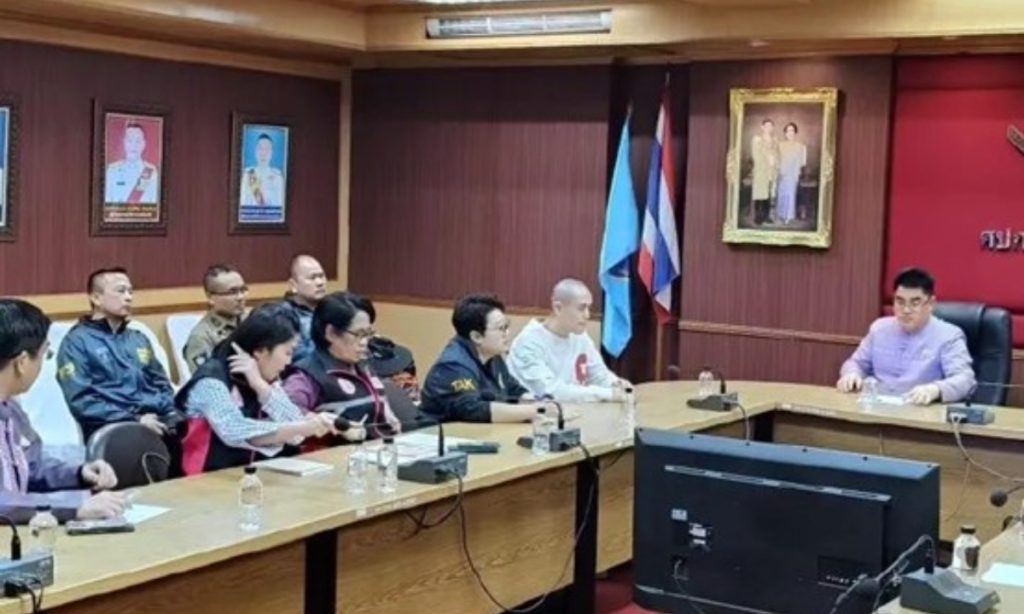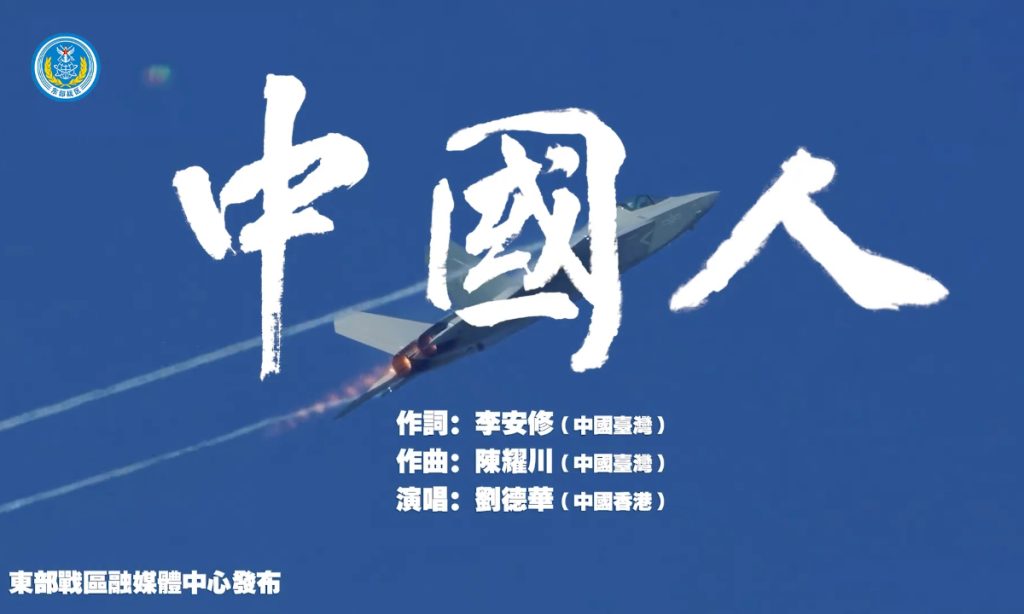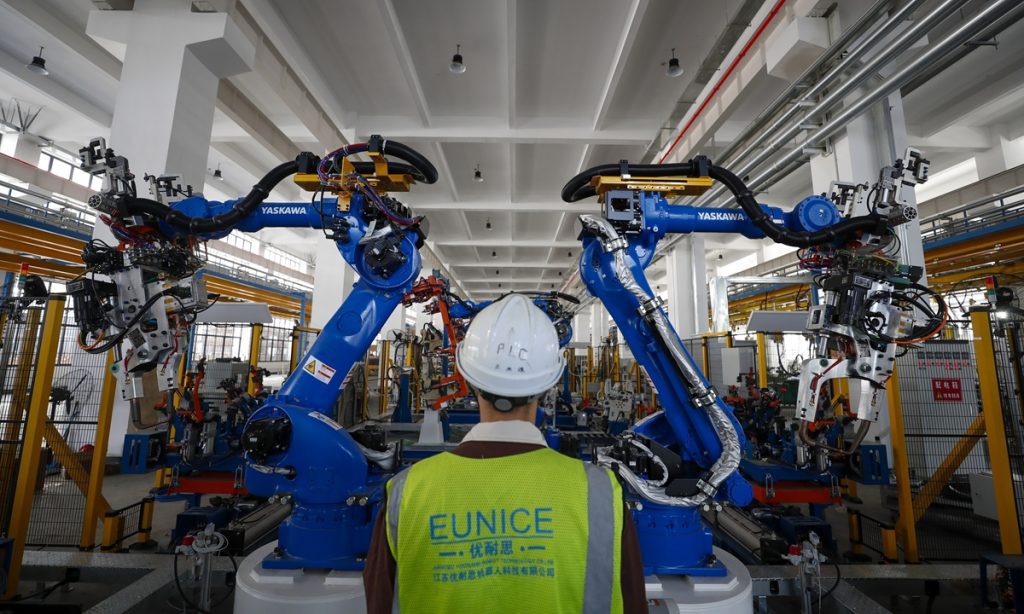Chinese tech start-up DeepSeek unnerves US with low-costs AI model on par with OpenAI's o1

Chinese tech start-up DeepSeek is shaking the US' AI sector with its open-source approach and low-cost models, drawing curiosity and significant coverage from US media and AI forums about how this Chinese company has produced competitive AI systems comparable to those developed by US tech giants, all while navigating the strict semiconductor restrictions imposed by the US government on China. The Global Times on Saturday talked to the company and several AI industrial observers to illustrate the phenomenon behind.
"China's cheap, open AI model DeepSeek thrills scientists," Nature wrote three days after a large language model called DeepSeek-R1 was released by the Chinese company on January 20. Its performance on certain tasks in chemistry, mathematics and coding is on par with that of OpenAI's o1, the Nature report said.
"How China's new AI model DeepSeek is threatening US dominance," a CNBC report on Friday emphasized concerns over DeepSeek's impact on US dominance in AI. It wrote that "a little-known AI lab out of China has ignited panic throughout Silicon Valley after releasing AI models that can outperform America's best despite being built more cheaply and with less-powerful chips."
A New York Times report wrote "The company built a cheaper, competitive chatbot with fewer high-end computer chips than US behemoths like Google and OpenAI, showing the limits of chip export control," in a report titled "How Chinese AI Start-Up DeepSeek Is Competing With Silicon Valley Giants."
Attention on the Hangzhou-based startup began in December of last year following the launch of its large-scale AI model, "DeepSeek-V3." This new model quickly gained traction among AI enthusiasts, sparking discussions that transcended borders and made their way to international social media platforms and tech forums.
As of press time, there was no official response from the team, which media widely seen as "a mysterious team" that rarely spoke to media and overtly present themselves.
When asked to comment on the external attention surrounding DeepSeek's development of a free, open-source large language model on Saturday, DeepSeek informed the Global Times that it could not provide additional information at this time. They recommended referring to the technical report for a better understanding of its model.
According to a notice released by DeepSeek in an open communication group, the company stated that it "does not engage in external project cooperation, nor does it provide privatization deployment and related support services." Additionally, DeepSeek emphasized that it will concentrate on research and development to develop more advanced models, encouraging everyone to "please look forward to it."
"DeepSeek's technological approach challenges the US's dominance and monopoly in AI technology, proving that US' chip restrictions have been ineffective," Li Baiyang, an associate professor of intelligence studies with Nanjing University, told the Global Times on Saturday, in explanation why DeepSeek has ignited wide attention from not only China but the Silicon Valley in the US.
The US is currently seeking to uphold its dominance in the field of artificial intelligence through various policies and administrative regulations, with a focus on safeguarding its edge in computational and algorithmic capabilities, the expert said.
Tian Feng, former dean of the Intelligence Industry Research Institute at Chinese AI software giant SenseTime, described DeepSeek's ability to achieve impressive generative results with lower training costs, along with its complete open-source approach to technology and foundational models as a move likely to "redefine the development rules for AI."
It demonstrates comparable advantages to OpenAI's o1 model, along with a training cost of only about $6 million for its V3 model— about one-tenth of what Meta invests in comparable AI models, Tian told the Global Times on Saturday.
NVIDIA Senior Research Manager Jim Fan said on X that "We are living in a timeline where a non-US company is keeping the original mission of OpenAI alive - truly open, frontier research that empowers all. "
According to an anonymous post on Teamblind, a forum for verified Big Tech employees, Meta's AI department is feeling the pressure, according to a report by media outlet The Decoder. The post wrote that Meta is "in panic mode. Engineers are moving frantically to dissect DeepSeek and copy anything and everything we can from it."
Meta's Mark Zuckerberg took to Facebook recently to outline his company's response, saying that in 2025, Meta aims to develop an AI assistant that can serve more than a billion people. "This will be a defining year for AI," Zuckerberg wrote, according to the The Decoder report.
The approach taken by the Chinese tech start-up has put unprecedented pressure on US AI companies, as it is likely to attract more users and developers globally to participate in high-end AI development, which may weaken the market share and influence of American AI companies, according to Tian.
The US stringent measures guard against China in the field of AI, covering various aspects such as chips, talent, computing power, algorithms, and data, and it can be said that "no means are being spared in their sanctions," Li Baiyang said.
However, how China's AI innovates testifies its minimal impact, instead, such restrictions have caused many American companies to miss opportunities for collaborative development with China's industrial innovation, Li Baiyang said.
The New York Times, as mentioned above, left the question of China-US competition in AI open-ended. It wrote that "If the best open source technologies come from China, they argue, US developers will build their systems atop those technologies. In the long-run, China could emerge as a central player in AI innovation globally."
Li Baiyang said DeepSeek's open-source technological route applications embody China's inclusive and accessible mindset, which is of great significance for strengthening the ecosystem of China's AI industry.
"China can achieve significant breakthroughs by pursuing our own path, as long as we continue to innovate," Tian said.
US President Donald Trump recently announced a $500 billion AI infrastructure investment in the US. Three top tech firms will create a new company, called Stargate, to grow artificial intelligence infrastructure in the US, according to CNN.
The healthy competition between China and the US in AI depends on the US attitude. As the two leading powers in the global AI field, China and the US compete in the AI industry, but there is also significant room for cooperation, especially in AI governance, Li Baiyang added.
